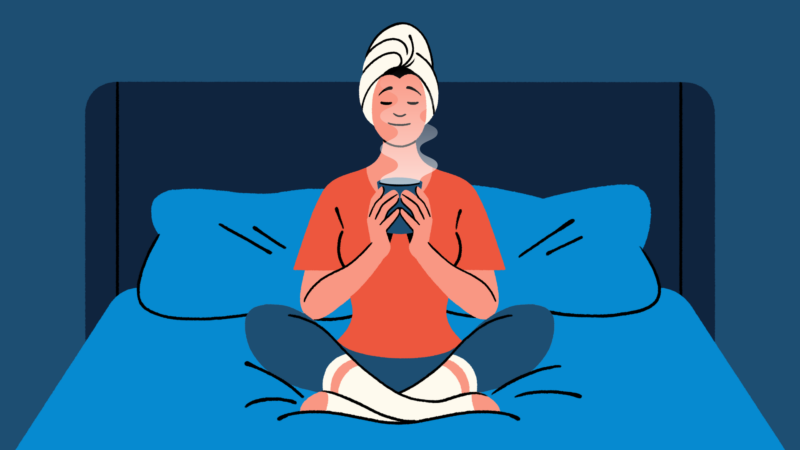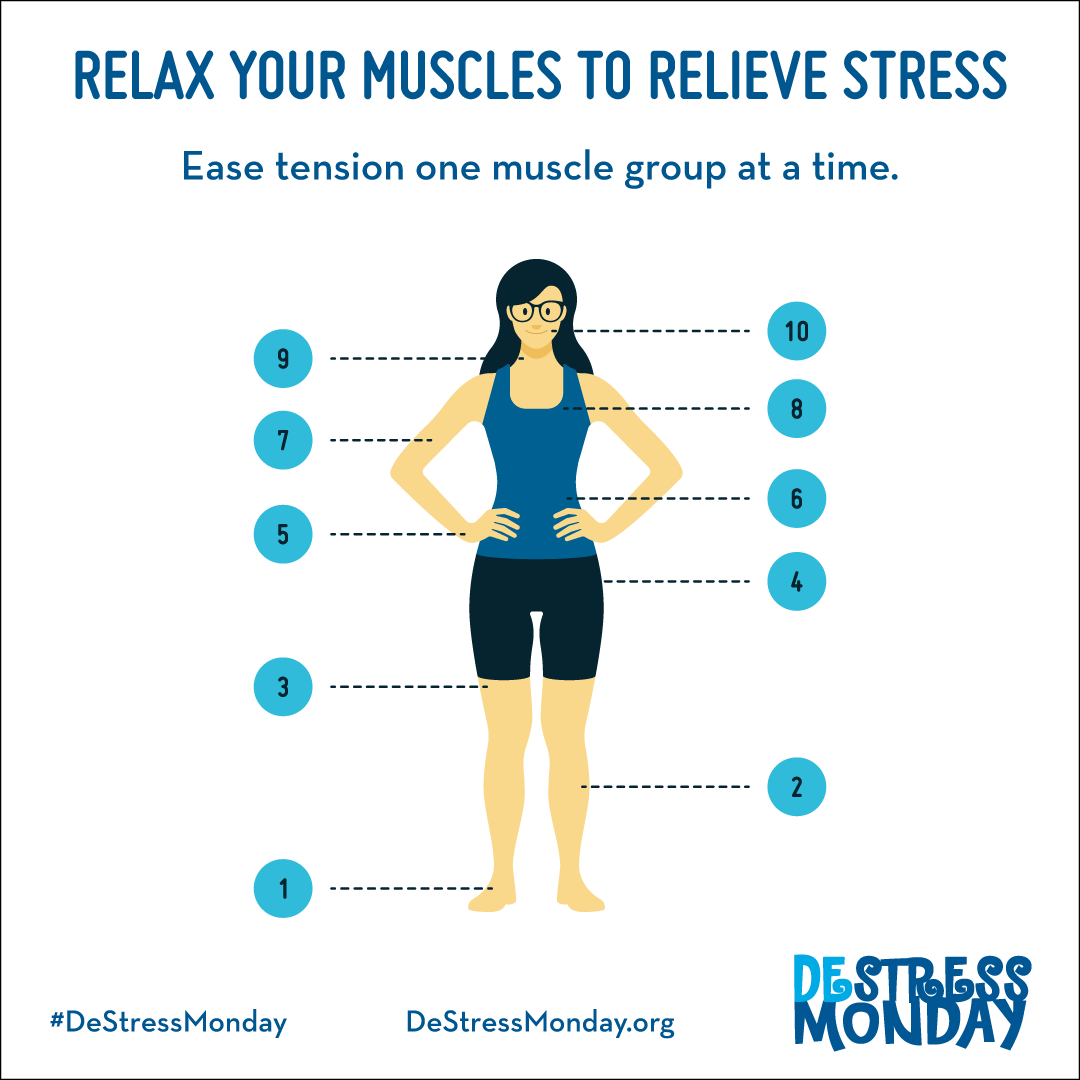Beat Stress with Progressive Muscle Relaxation
When you’re feeling stressed, the last thing you want to do is invite more tension. However, one great way to relieve tension is to immediately follow it with relaxation. This is how progressive muscle relaxation works. It’s a method used for stress reduction that asks you to focus on specific muscle groups, tense them up, and then relax them. If you’re stressed this Monday, tense up – and then let go!
It may seem counterintuitive, but progressive muscle relaxation has been shown to help ease muscle tension (a common physical symptom of stress) and bring about deep relaxation. When your body relaxes, it will feel several effects such as a slower heart rate, deeper breathing, lower blood pressure, and increased blood flow to the brain. The key to progressive muscle relaxation is focusing on individual muscle groups in the body, from toe to head or vice versa, and then gradually releasing the tension. It’s a simple way to calm your body and mind when you feel like stress is having an effect on your physical health.
Learning progressive muscle relaxation is simple, but some audio guidance can help you learn to develop your focus. Listening to an audio meditation can teach you the right way to relax your muscles a little bit at a time while incorporating deep breathing and mindfulness. You can continue to use the audio meditation or take what you’ve learned anywhere, whenever you need it.
The audio meditation above will give you more detailed instruction on progressive muscle relaxation, but here is a basic how-to guide. You can even try this at your desk or while on the couch!
- Get into a comfortable position.
- Take a few deep breaths to clear your head.
- Beginning with your right foot, concentrate on how it feels. For five to 10 seconds, tense up the muscles in your foot.
- Release the tension. Focus on how good it feels to let the tension slip away. Allow your foot to go completely loose.
- Take a brief moment to exist in this relaxed state.
- Repeat this for the following muscles groups, one at a time:
Right foot, then left foot
Right calf, then left calf
Right thigh, then left thigh
Hips and buttocks
Stomach
Chest
Back
Right arm and hand, then left arm and hand
Neck and shoulders
Face
Carrying tension in your muscles is one way stress can affect your physical health. This Monday, learn how to use and apply this valuable tip all week!

Want more sleep tips?
Our Healthy Monday Sleep Well package offers ten weeks of helpful practices designed to help you develop healthy habits and sleep better, one Monday at a time.
